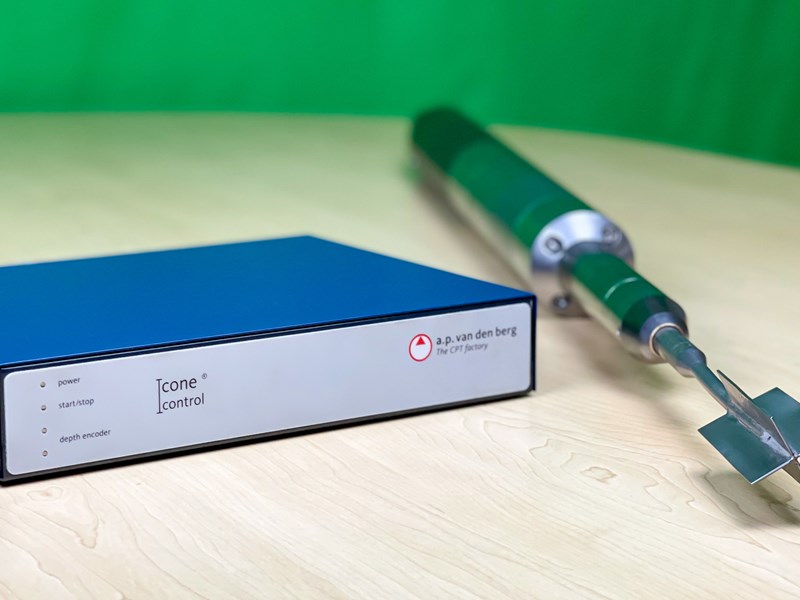Electronic Vane Shear Testing (eVST)

Understanding the stability of the underlying soil is paramount to various projects in the mining and civils sectors as well as in construction. This is where electronic vane shear testing (eVST) comes in. It's a valuable technique for measuring a soil's undrained shear strength, a key indicator of its ability to resist deformation without drainage.
eVST employs a four-bladed vane attached to a rod. The apparatus is pushed into the ground to the desired depth. An electronic motor then rotates the vane at a constant speed. As the vane shears the soil, the resistance translates into torque, which is electronically measured. The peak torque value recorded signifies the soil's undrained shear strength.
So, why is eVST so advantageous? Here are some of its key applications:
Rapid Site Evaluation: eVST is a quick and efficient way to assess soil strength on-site. This allows engineers to make informed decisions about foundation design, slope stability, and excavation procedures without waiting for lab results.
Minimized Disruption: Unlike some soil sampling methods, eVST creates minimal disturbance to the surrounding soil. This is crucial for maintaining the soil's natural structure and obtaining accurate strength measurements.
Cost-Effectiveness: Compared to extensive laboratory testing, eVST offers a cost-effective alternative. The equipment is portable and the testing process is relatively simple, reducing project expenses.
Versatility in Soils: eVST excels in evaluating cohesive soils like clays and silts, where it provides highly reliable data.
However, it's important to acknowledge that eVST also has limitations. It's not ideal for granular soils like sand or gravel, where the particles might not be adequately engaged by the vane. Additionally, eVST measurements are restricted to the immediate vicinity of the vane, so they may not capture soil strength variations across a larger area.
In conclusion, electronic vane shear testing offers a powerful tool for geotechnical engineers. Its ability to rapidly and accurately measure undrained shear strength, coupled with its cost-effectiveness and minimal disruption, makes it a valuable asset for site investigations. While limitations exist in certain soil types, eVST's versatility and the wealth of data it provides make it a cornerstone technique for ensuring the stability and the success of projects.
Plot 28 Central Road
Sunrella, Lanseria
Gauteng
South Africa
Tel. +27 (0)11 966 7760
Email. info@geogroup.co.za